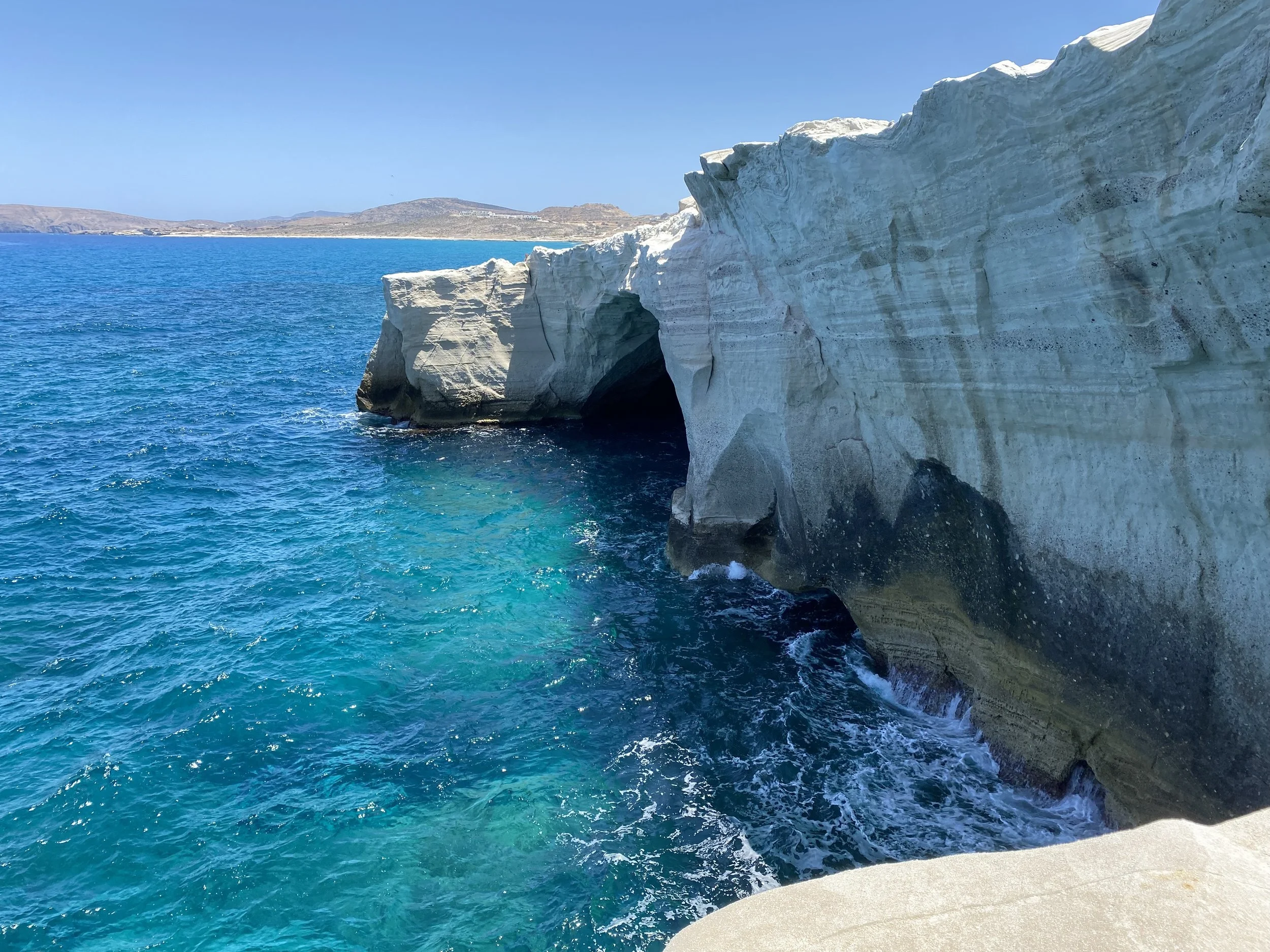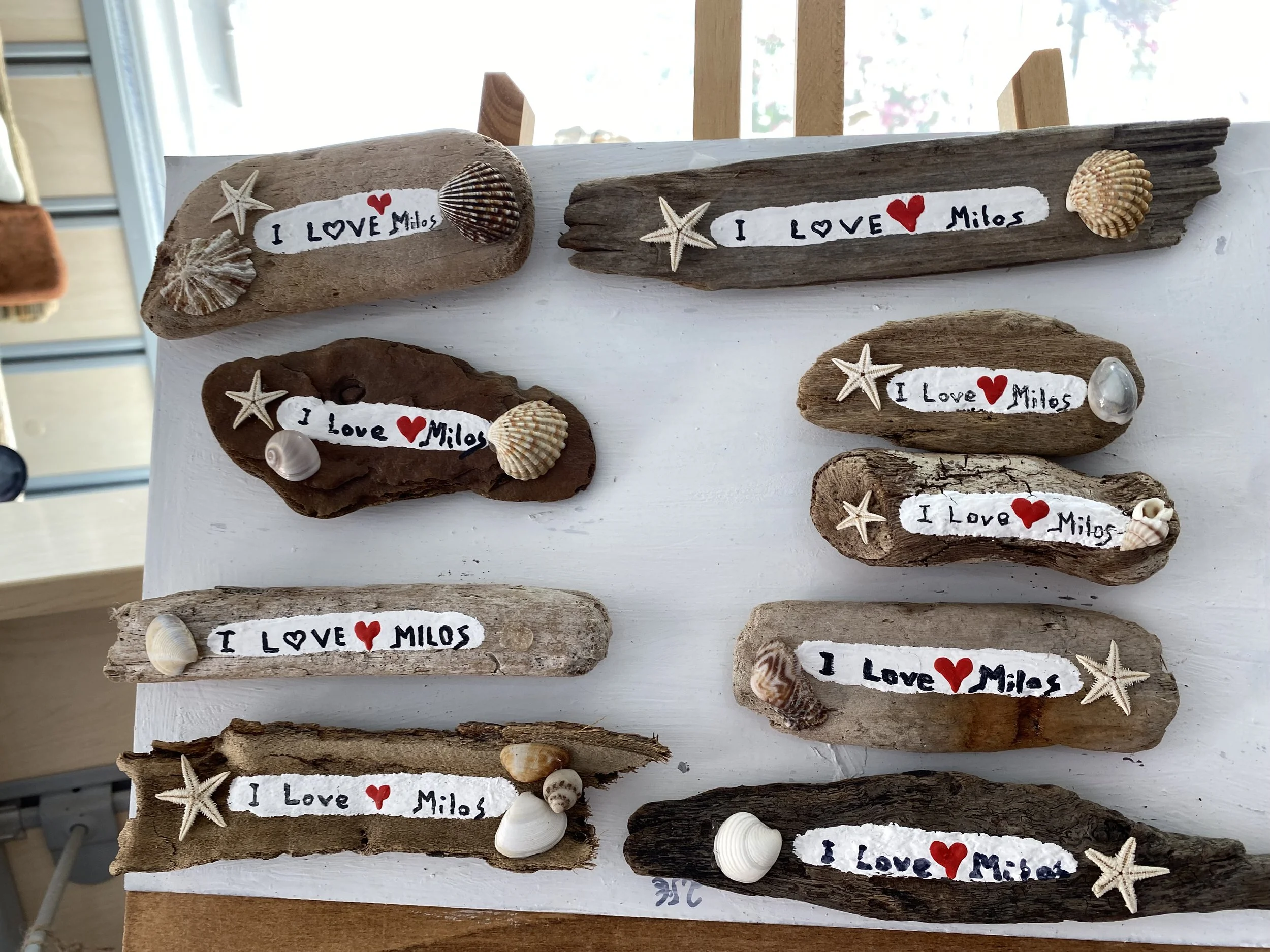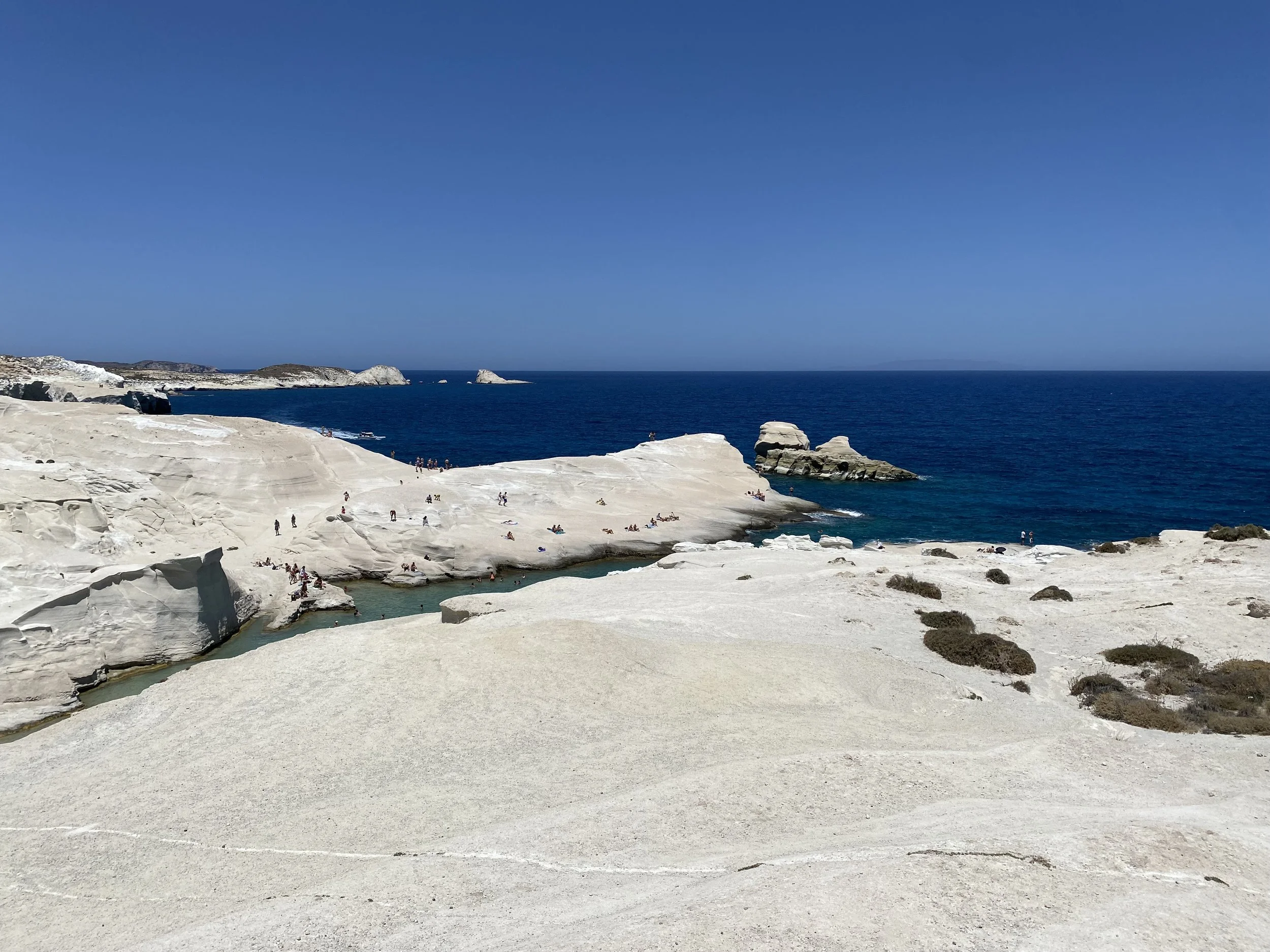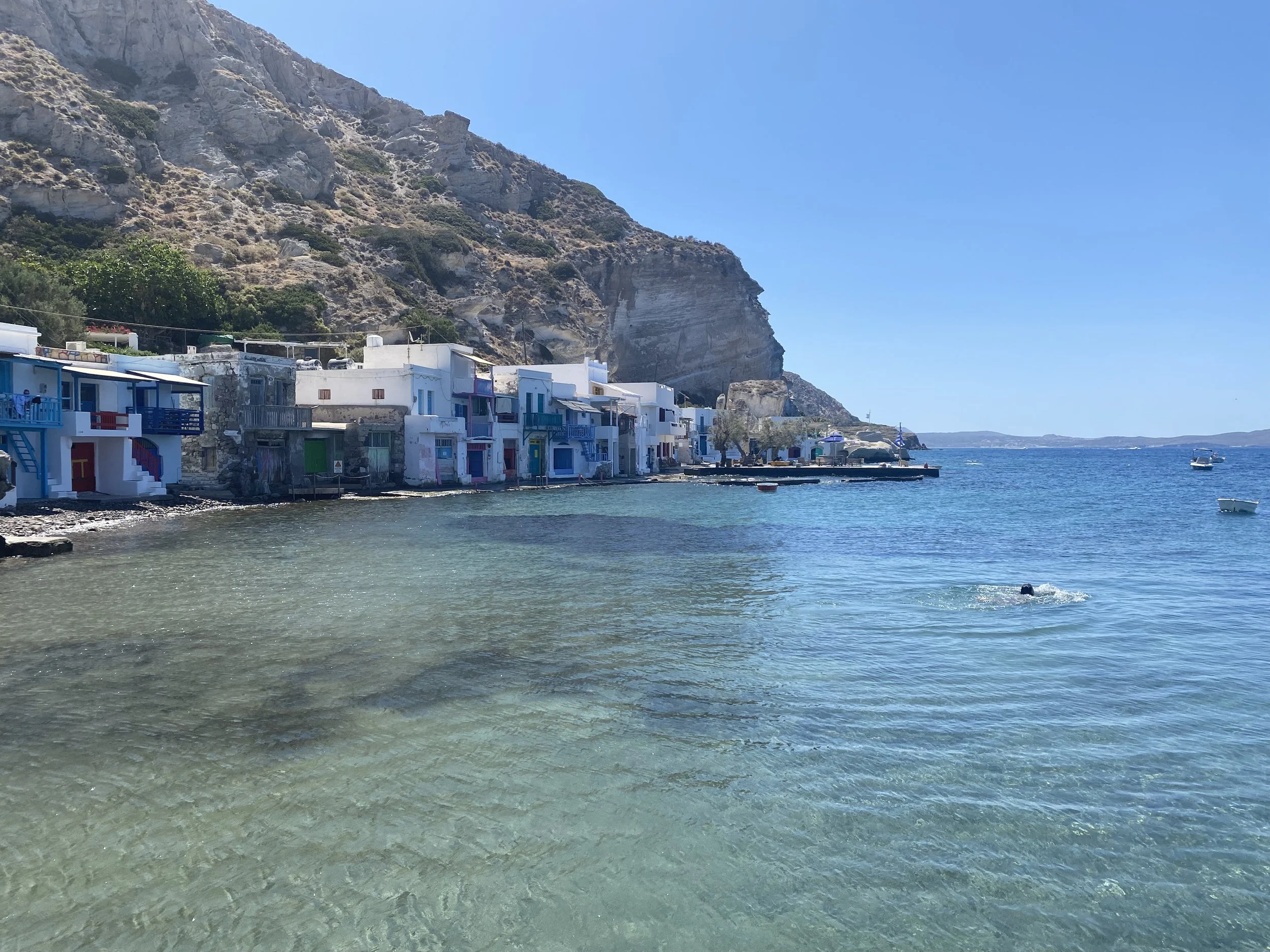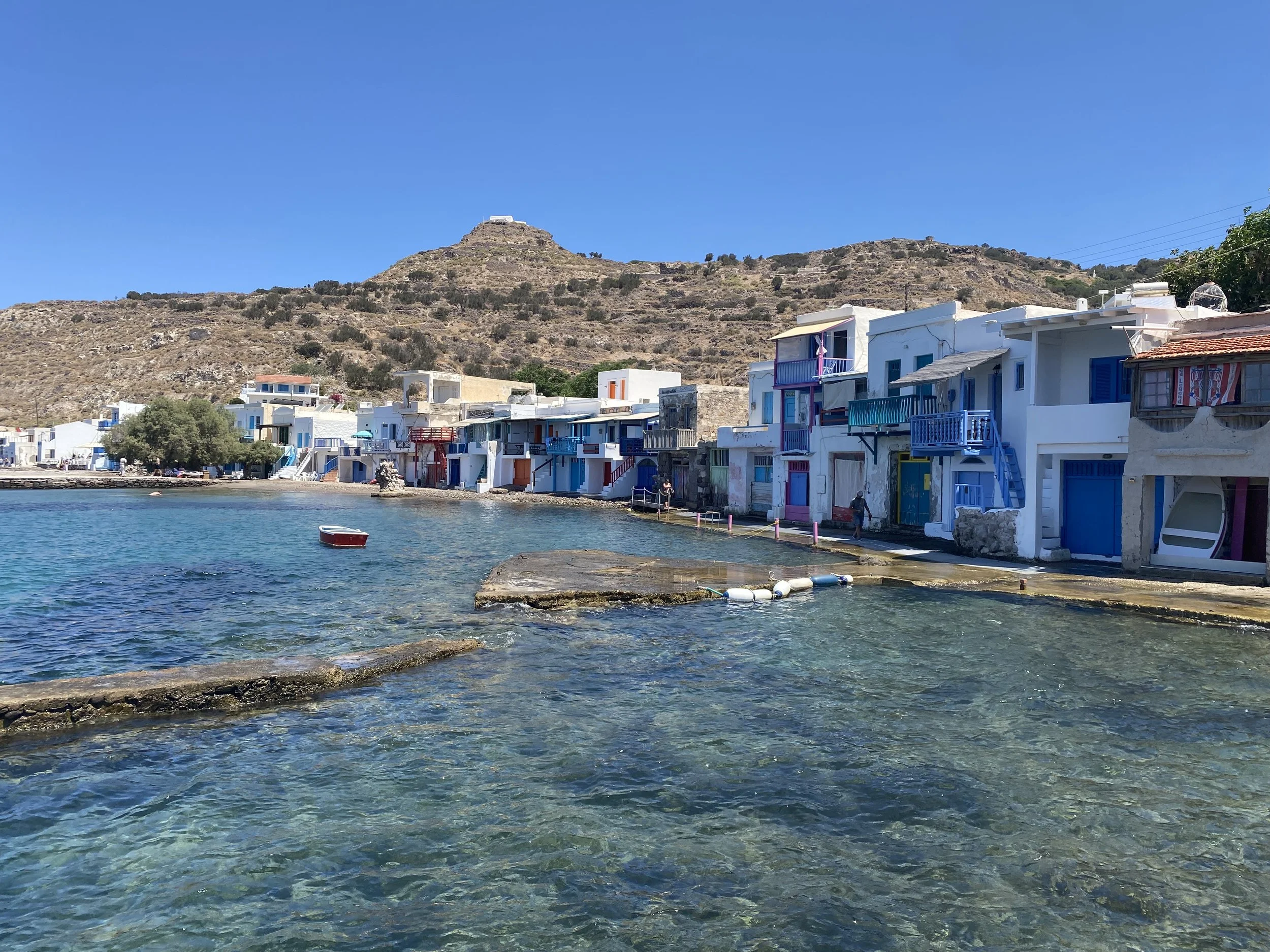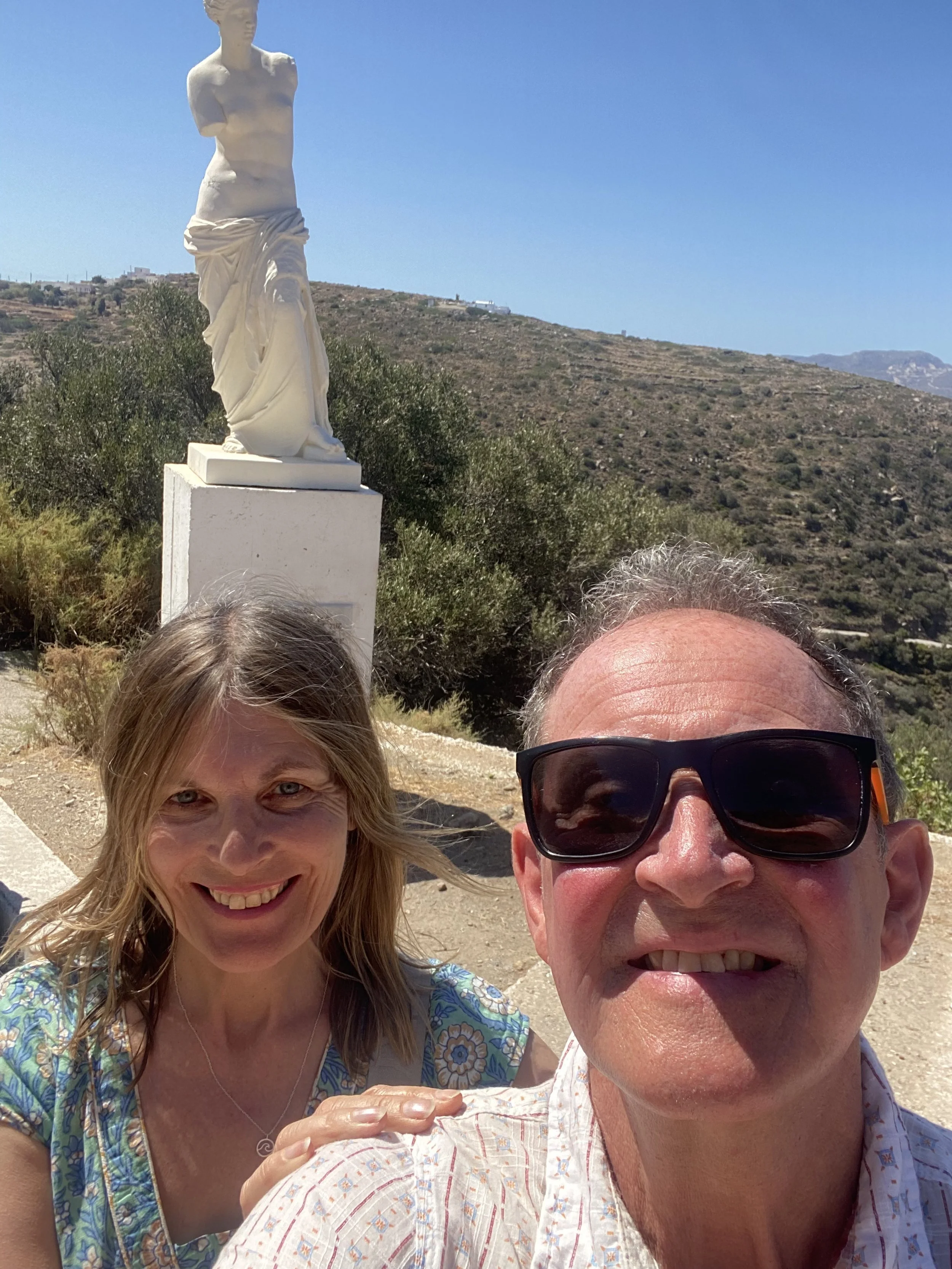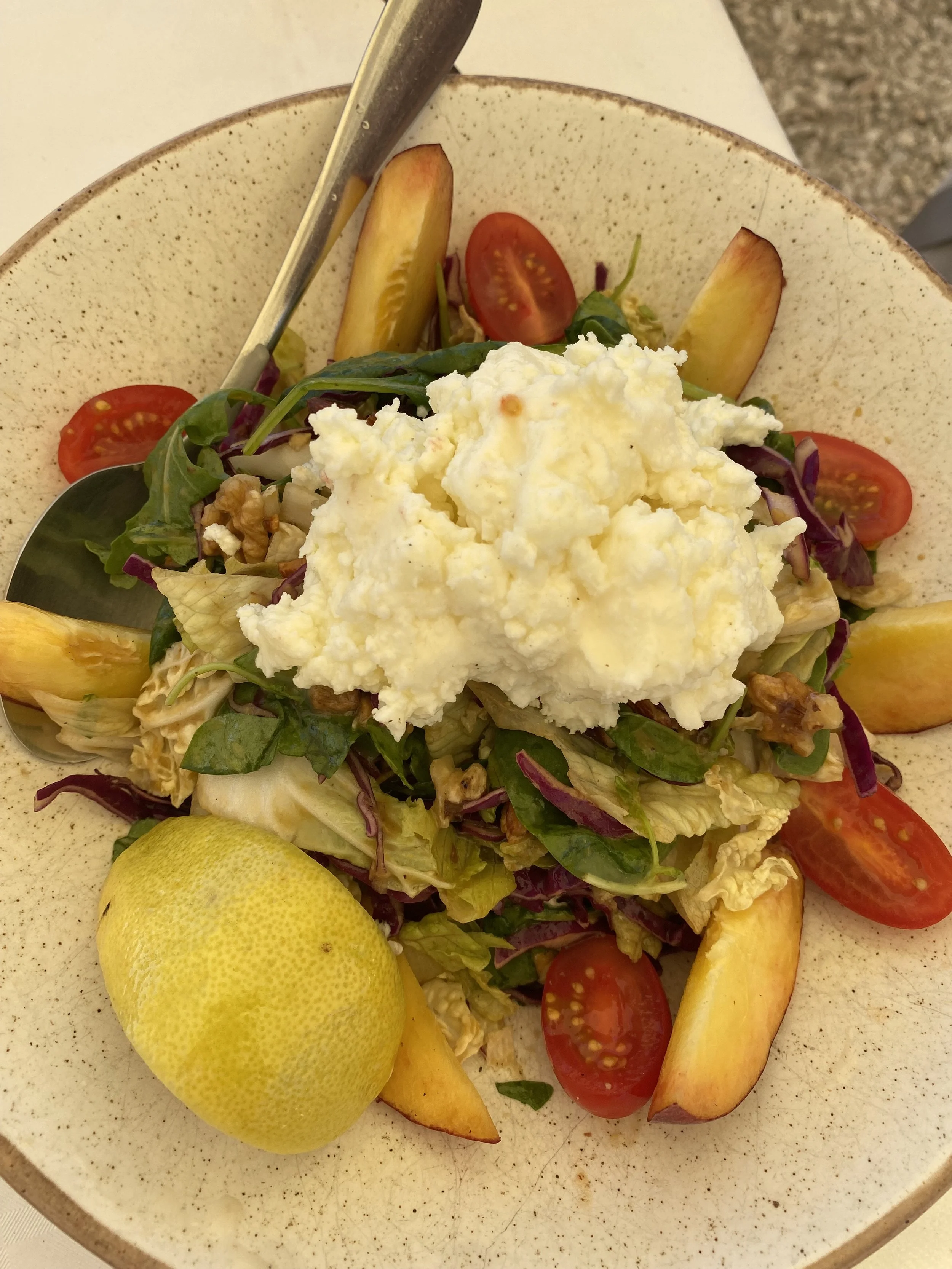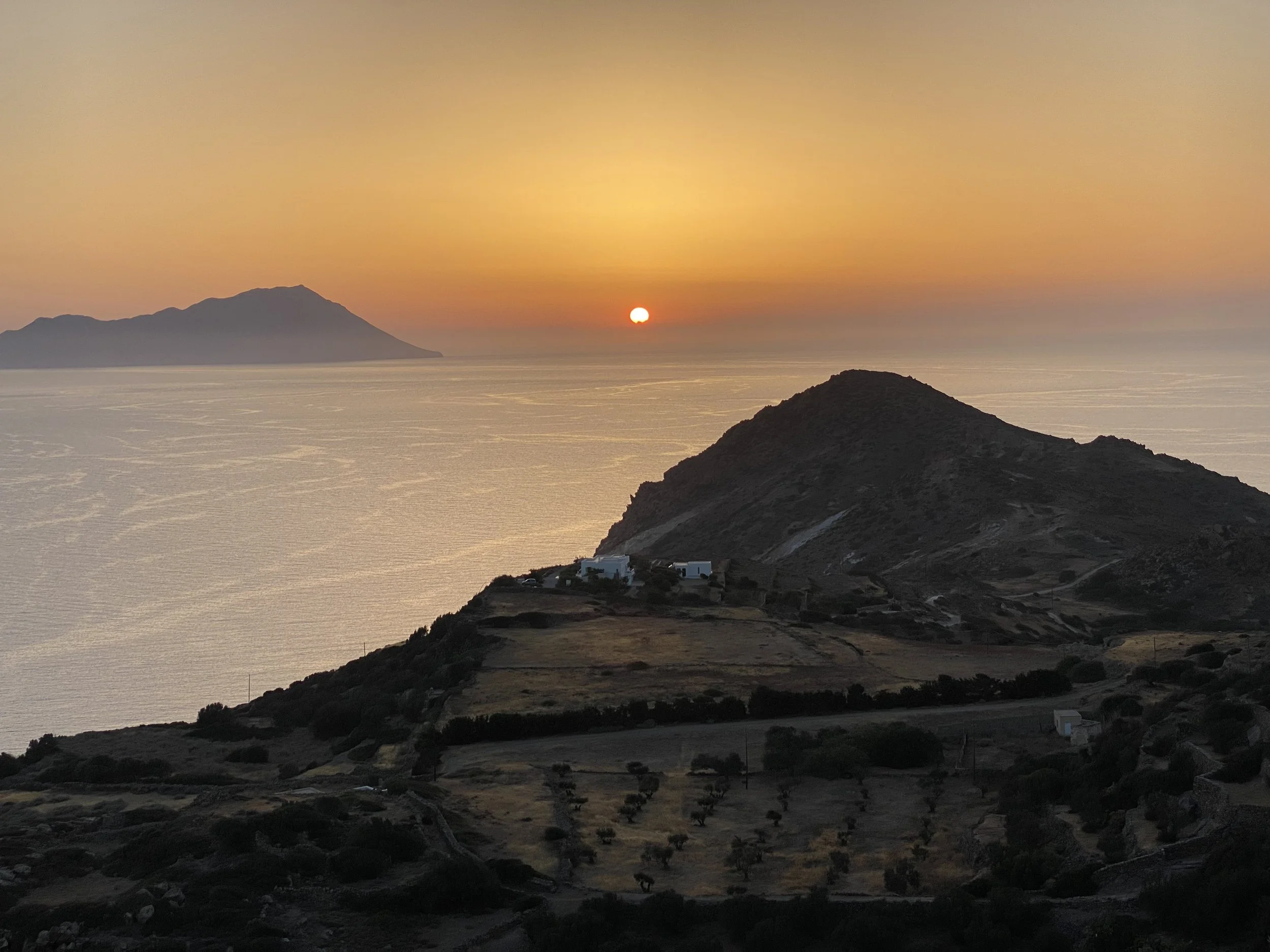milos
Milos, part of the Cyclades island group in the Aegean Sea, is a stunning and geologically unique destination known for its volcanic landscape, dramatic coastline, and over 70 beaches—each with its own distinct character. From the moon-like white rock formations of Sarakiniko to the colourful fishing village of Klima with its traditional “syrmata” boathouses, Milos offers a rich blend of natural beauty and cultural charm. The island’s volcanic origin has given rise to surreal sea caves, mineral-rich cliffs, and hot springs, making it a magnet for photographers, nature lovers, and those looking for a quieter, more authentic alternative to busier Cycladic islands.
In addition to its landscape, Milos has deep historical roots. It’s where the famous statue of Venus de Milo was discovered, and its ancient catacombs and amphitheater reflect the island’s long history of human settlement. The main town, Plaka, is a postcard-perfect Cycladic village of narrow alleys, whitewashed houses, and stunning sunset views. Whether you’re exploring ancient ruins, sailing to hidden coves, or enjoying fresh seafood by the harbour in Adamas, Milos delivers a serene yet captivating Greek island experience.
You will be most likely to arrive by ferry at the lively Adamas port, because of the late arrival of the ferry were unable to tie it in with the bus departure to Plaka, our base for the next few days. So we grabbed a taxi which was €30 for the 20 minute ride. If you are lucky enough to meet the bus to Plaka you will be dropped off at the outskirts of town, and then stroll uphill towards the centre which should take about 10 minutes. If you arrive by air, there is a limited bus service with around 4 services per day, or taxi costs around €30. All bus fares are a flat €2 cash, to wherever you want to go around the island, including the airport to Adamas. Click here for the latest bus timetable.
Plaka the islands’ capital and is perched high above the coast affording amazing views of the Bay of Milos, neighbouring islands and of course the sunsets. Car free because of the narrow streets, Plaka is a perfect place to relax in, there are also some cool bars and decent restaurants. It can get a little crowded before the sunset as people staying in other parts will come up here for the views and leave when the sun has dipped below the horizon. I can highly recommend Avli-Milos restaurant for dinner and Cafe Palaios for breakfast, some of their pastries are amazing, try the watermelon pie!
Pollonia, on the northeast of the island has a laidback beach vibe. With a pleasant swimming beach, it is lined with restaurants and bars, and is the perfect place to chill out for a few days.
For a beach holiday you should probably stay in either Adamas, Pollonia, or tiny Paralia, on the south coast. One of the main advantages of staying in Adamas is that most bus routes around the island start here. So to get to Pollonia or visit one of the islands 70 beaches, you will have to catch the bus to Adamas and then connect with another bus to continue your journey. It does take some forward planning but is doable. Many people take the hire car or ATV option, and exploring using taxis is another option. The timetable for the bus should be stuck on the side of the kiosk in Adamas, or check out the informative website milosbuses.com; as mentioned earlier all fares are a flat €2 cash per trip.
We stayed at the cute little Archondoula Studios in Plaka, and although our room was small it had everything we needed, nice clean bathroom with shower and a shared terrace with great views.
Among the best beaches are Firiplaka Beach, Firapotomos Beach, Paliochori Beach, Ammoudaraki, and the most famous beach in Milos, Sarakiniko Beach. Easily accessible by bus, Sarakiniko Beach is often compared to a lunar landscape with it’s volcanic rock which has been weathered by the sea and water with to resemble a meringue like whiteness and smoothness. Wander either side of the main beach for some great coastal views and some weird and wonderful rock formations.
Also worth visiting are the tiny authentic fishing villages dotted around the island, with Mandrakia and Klima being the standouts. Mandrakia is also well known for the excellent restaurant Medusa, there are a number of holiday homes to rent within a stone’s throw of the sea. Gorgeous!
Equally stunning is Klima fishing village which sits below the towns of Plaka and Trypiti. The main attraction is the traditional two-storey fishermen houses called Syrmata, these colourful boat houses were used for storing their fishing equipment. Some are still used by the fishermen today, but most have been converted into romantic little holiday homes, with the sea gently lapping the beach a couple of metres away. It is possible to swim here, there’s a tiny beach near the pier, the water is just perfect. Astakas Cafe Restaurant is the only restaurant in Klima, sitting on the waterfront, enjoying the sunset while eating great food is simply amazing, booking is recommended. There is limited parking or you can walk down from Trypiti or Plaka, and grab a taxi to take you up the steep road, or paths.
Klima is actually a former port and commercial centre dating over 2500 years old. The settlement was built nestled on the foothills overlooking the harbour and you can still visit the ancient ruins, including the Ancient Theatre of Milos (free), and the Catacombs which date back to the 1st century BC, and considered to be one of the most important Christian sites in Greece. There are a number of passages leading to burial chambers with early Christian symbols carved on the walls. You can take a limited tour through the catacombs where a guide will point out things of interest. Admittance is €5 and is closed on Tuesday. You will also find a number of churches in the area that you can visit, all with lovely views. It is worth noting that the area is quite hilly and there are a lot of steps, but the history and views compensate for that.
The biggest draw to the area is that this is the place where the famous Venus de Milos was unearthed by a farmer in 1820. The actual site takes a little time to find, someone is usually on hand to help. There is a replica statue gazing out to sea, you can also find another replica in the Archaeological Museum of Melos. The small museum houses some beautiful local artefacts highlighting the ancient history of Milos, and at €2 for entry is well worth visiting. Closed Tuesday and Thursday.
There are plenty of boat tours available in Milos. One of the most popular being the trip to Kleftiko, organised by Delfinia Boat Tours. Kleftiko was the hideaway of the pirates from centuries ago and really does have a Peter Pan vibe to it. Here you will find sea caves and some nice swimming spots, the water is crystal clear, make sure you’re a good swimmer though. The trip follows the coast using traditional boats and takes in some impressive views of the cliffs along the way. It trip costs around €30, lasts about 3-4 hours and you can take a morning or afternoon tour. You can take the bus from Adamas or arrange a transfer from your hotel for an extra charge.
We loved our time in Milos and wished we had stayed longer, especially to enjoy the lovely weather and fantastic beaches. This really did feel more like the Greece we had been searching for.
For those of you who prefer organised trips and experiences such as sailing trips & boat tours, foodie tours and fishing tours check out GetYourGuide or Viator. And Tripadvisor for all of the above with the additional bonus of restaurant, hotel, flight, cruise and car hire options. And don’t forget Lonely Planet for wonderful guidebooks.
